Hagia Sophias across Türkiye and their fascinating histories
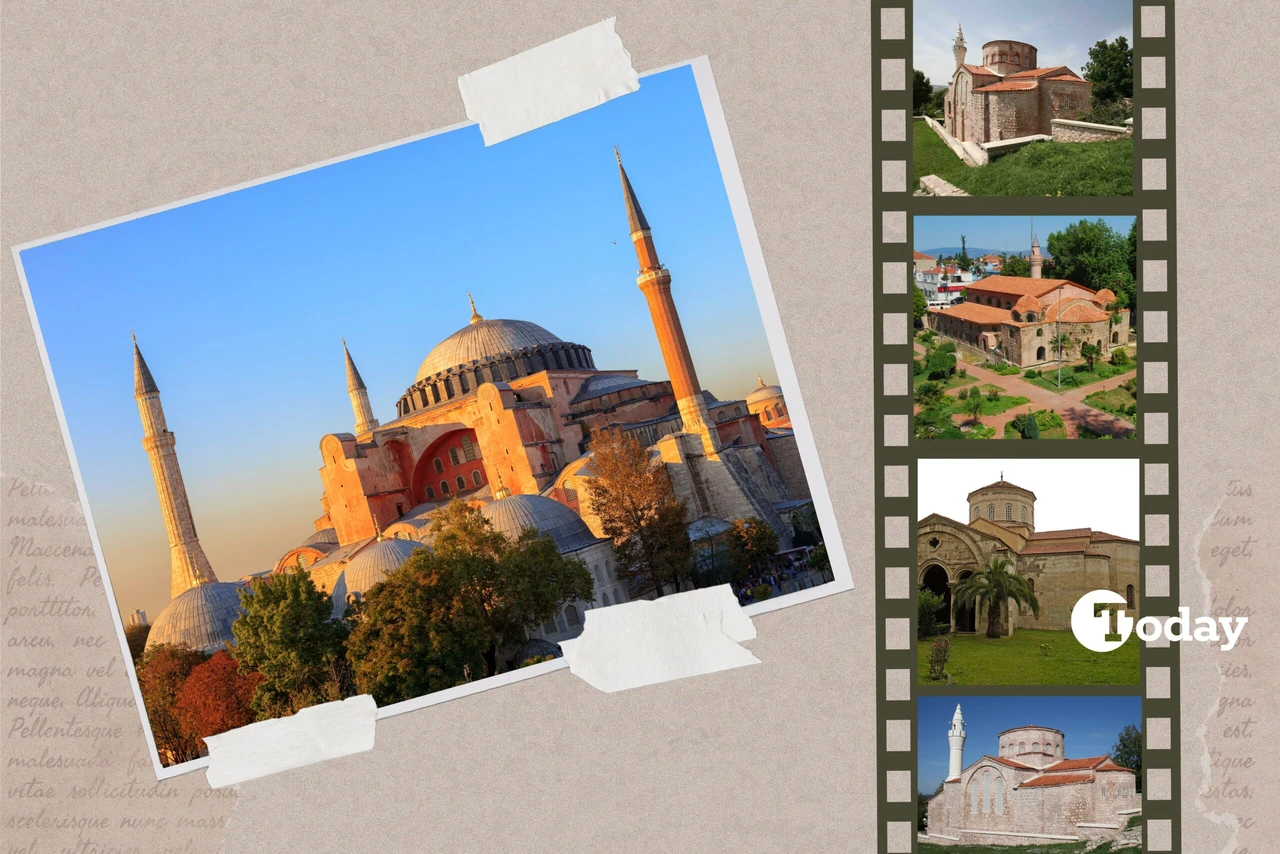 Photo collage of photographs of the Hagia Sophia in Istanbul and some of the other Hagia Sophia in Türkiye. (Photo collage by Koray Erdogan/Türkiye Today)
Photo collage of photographs of the Hagia Sophia in Istanbul and some of the other Hagia Sophia in Türkiye. (Photo collage by Koray Erdogan/Türkiye Today)
Türkiye, with its rich historical and cultural heritage, attracts millions of tourists annually. Among its most visited landmarks, the Hagia Sophia in Istanbul stands as an architectural marvel of global significance. However, Istanbul’s world-famous Hagia Sophia is just one among several such structures across the country, each carrying its own historical journey and transformation.
Did you know that Türkiye is home to nine Hagia Sophia structures? Each of these remarkable sites tells a story of faith, conquest and restoration.
Let’s embark on a journey to explore the lesser-known Hagia Sophias across Türkiye.
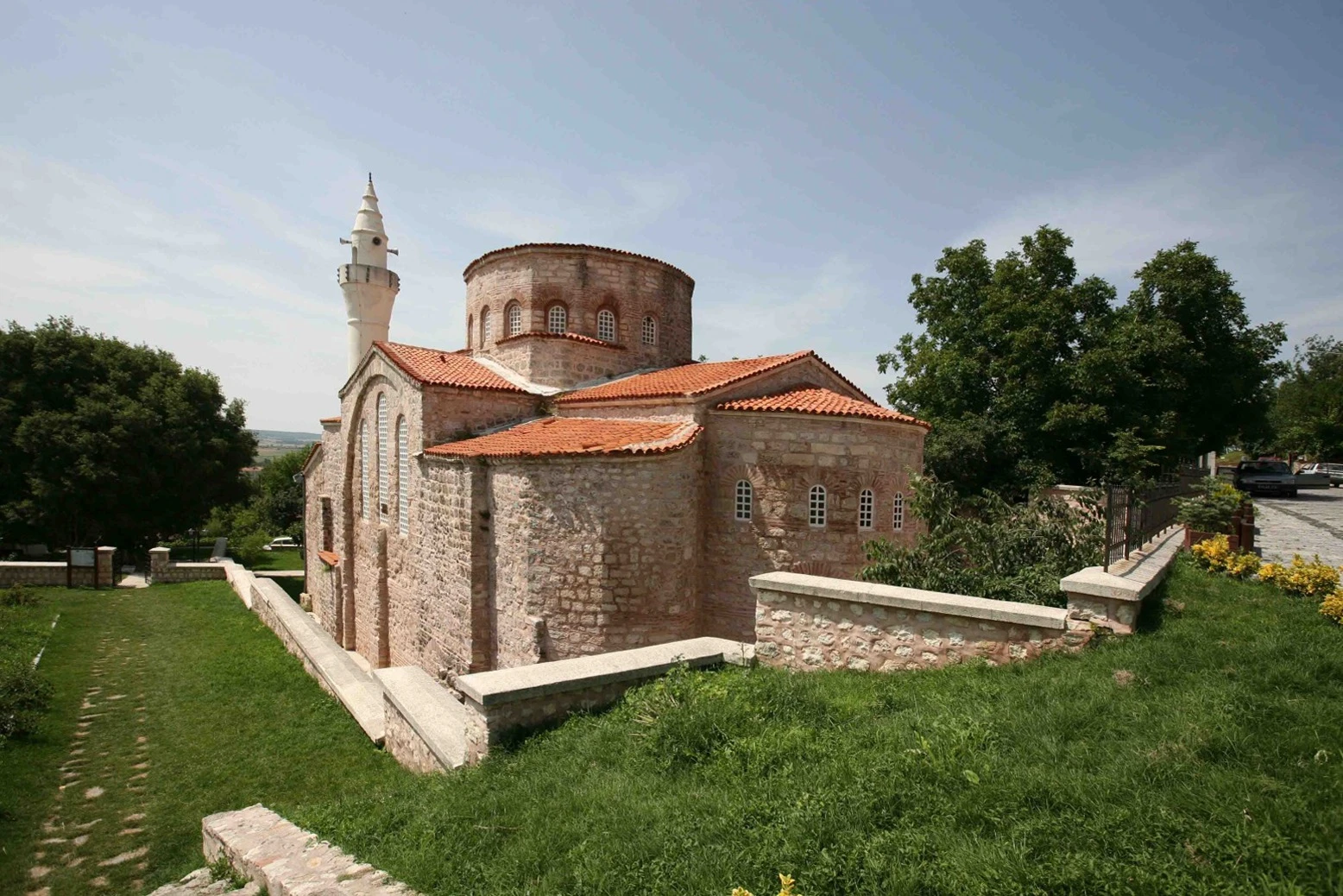
Kirklareli: Vize’s hidden Late Roman gem
In the town of Vize, the structure known as Little Hagia Sophia or Ghazi Suleyman Pasha Mosque was originally an Eastern Roman church. Archaeological evidence suggests that it was built on the foundations of a fifth or sixth-century basilica.
First referred to as the Hagia Sophia Mosque in 19th-century records, its original Byzantine name remains unknown. The building underwent restoration in 1997 and 2007, ensuring its survival for future generations.
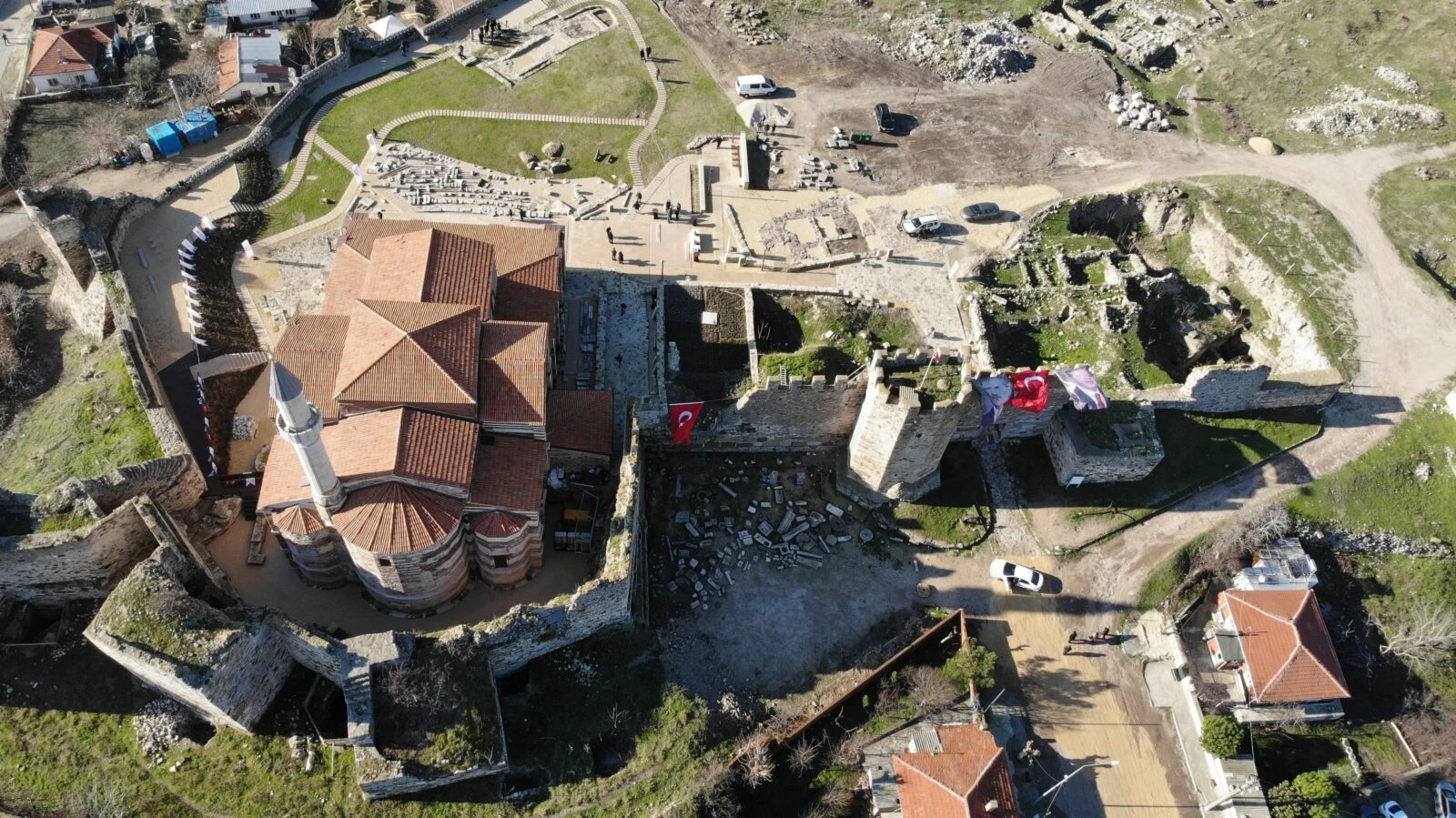
Edirne: Hagia Sophia of Enez
Located in the Kaleici district of Enez, the Hagia Sophia Church was converted into a mosque after the Ottoman conquest by Sultan Mehmed II. Used as a mosque until 1962, the building suffered significant damage in the 1965 earthquake, leading to its closure.
After decades of neglect, restoration efforts were initiated in 2015 under the Directorate-General of Foundations. Finally, in 2021, the Enez Hagia Sophia Mosque was reopened for worship, marking the end of a 56-year silence.
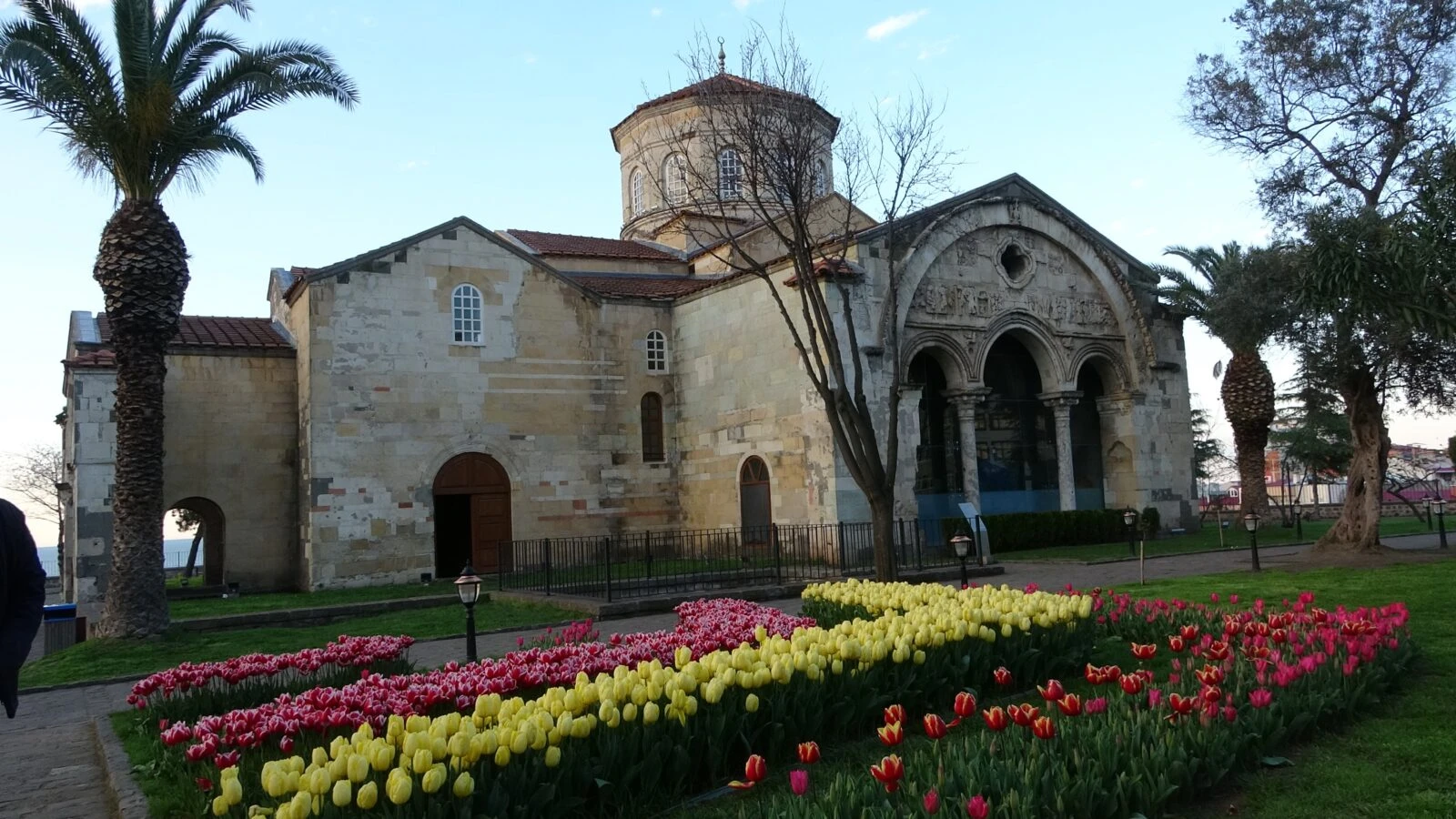
Trabzon: A monastery-turned-mosque with imperial ties
Situated in Trabzon’s Fatih district, the Hagia Sophia Mosque was originally a monastery, with only the main church and bell tower surviving. Believed to have been built by Emperor Manuel Komnenos (1238-1263), it was later converted into a mosque in 1584 under the governorship of Ali Bey.
After serving as a museum since 1964, the structure was transferred to the Fatih Sultan Mehmet Foundation in 2013. Following extensive restoration, the mosque was reopened for worship in 2020.
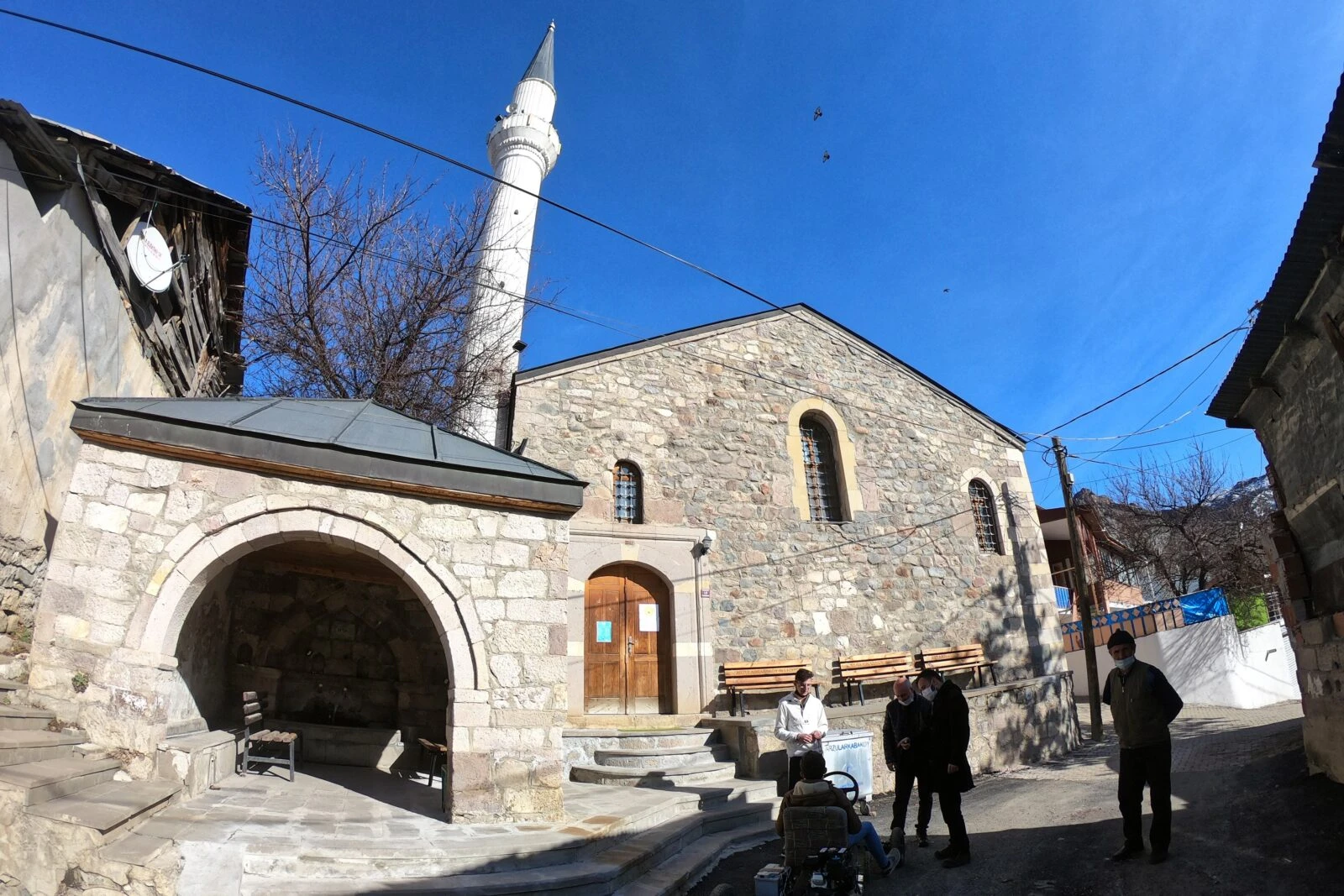
Gumushane: A Medieval church’s transformation
Located in Arzular-Kabakoy, this Hagia Sophia was originally built in the Middle Ages and later became a bishopric under the Empire of Trebizond. Converted into a mosque in 1737, it retains its rectangular layout, three naves, and original stone carvings.
Restorations in 1972 and 2010 helped preserve its architectural splendor, including the grand columns and Christian iconography on its walls.
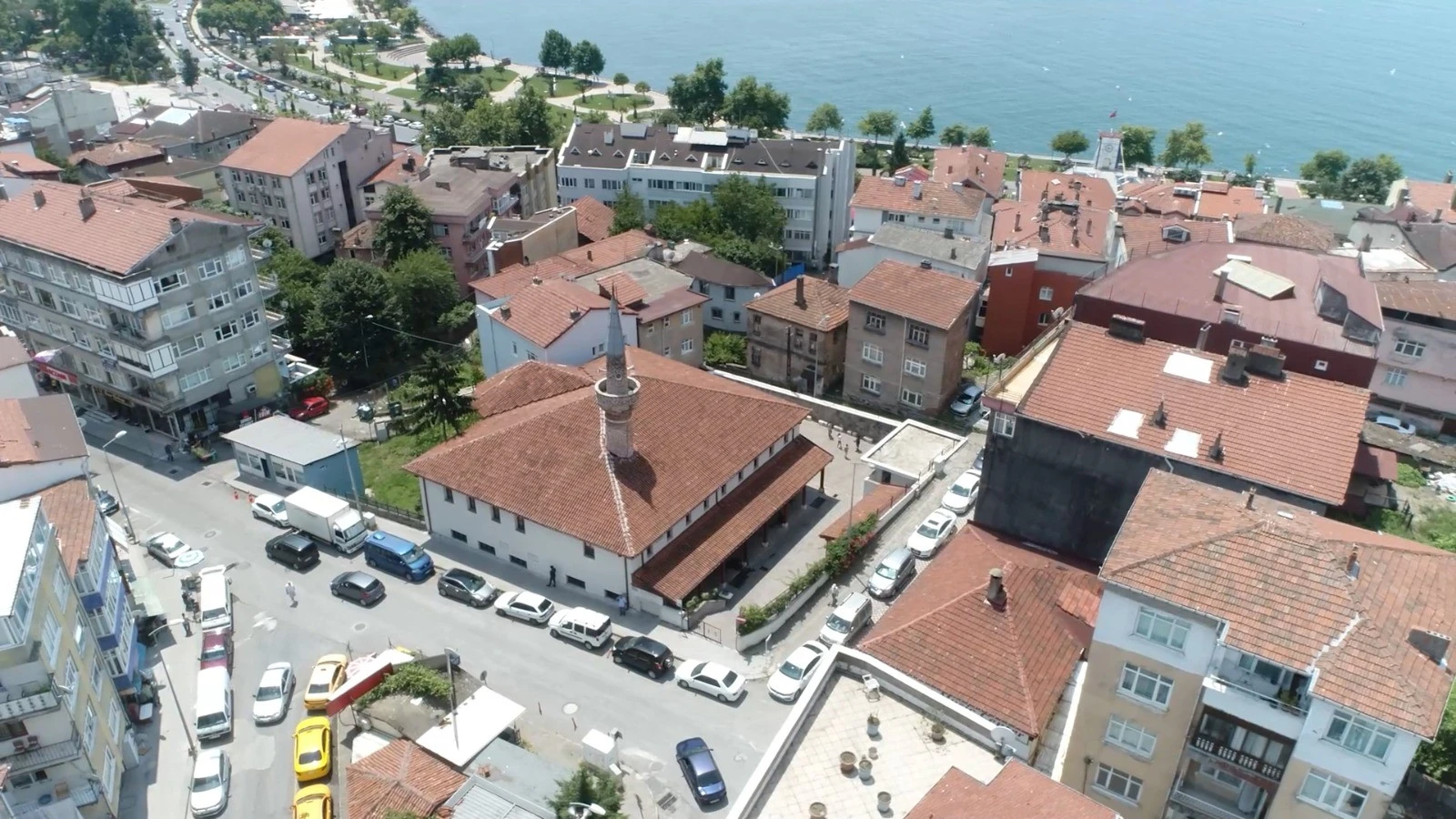
Zonguldak: 1,600-year-old wonder of Eregli
Built during the reign of Emperor Theodosius II in the 5th century, this Hagia Sophia pre-dates the iconic structure in Istanbul.
After the Ottoman conquest, Orhan Ghazi converted it into a mosque, where it has remained in continuous use for over 700 years.
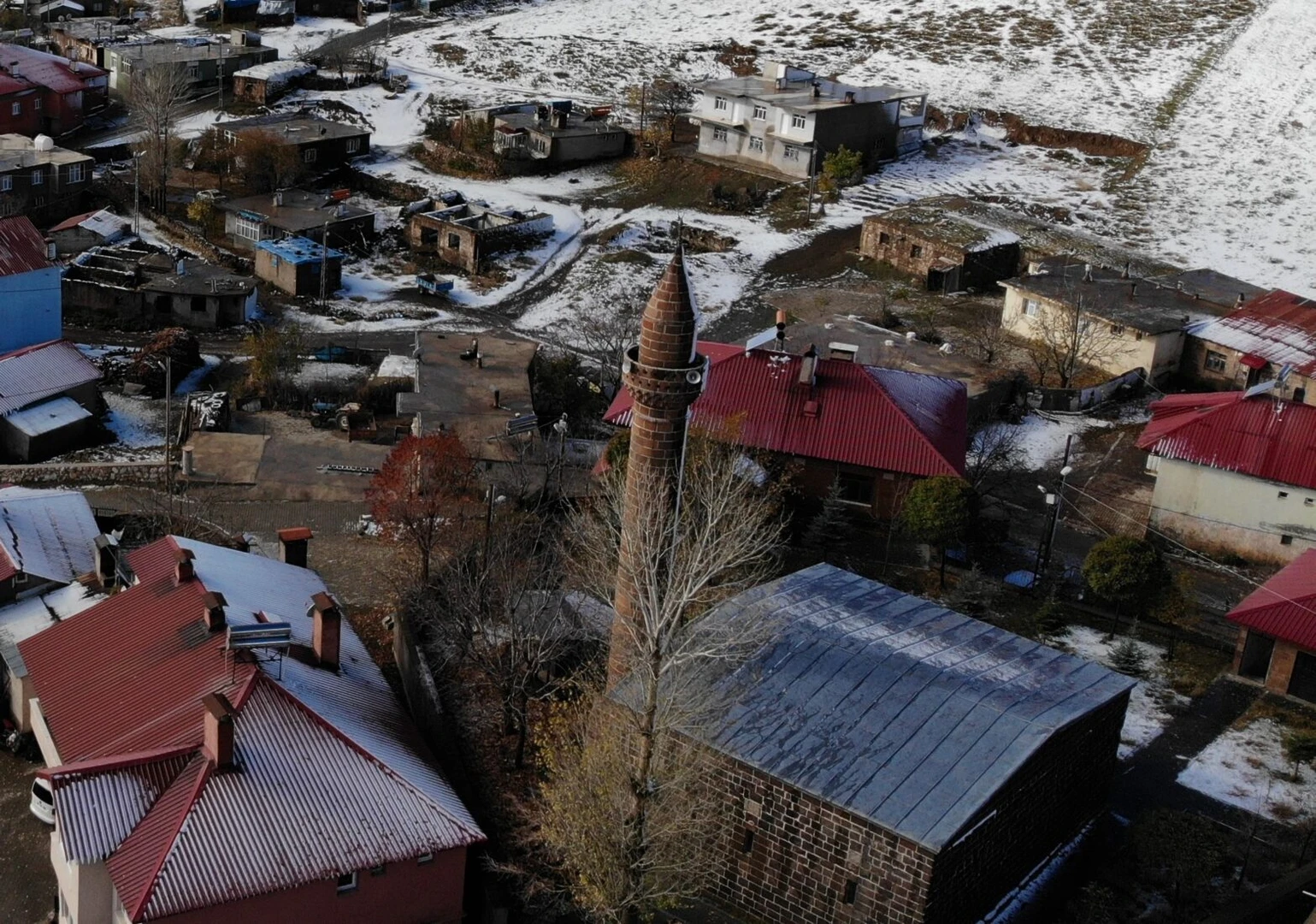
Bitlis: A hidden legacy
Located in Tatvan’s Cekmece village, this structure, originally an Armenian church, was repurposed as a mosque while preserving its original appearance.
Built in the early sixth century, its baptismal font and Christian relics remain intact, including Armenian inscriptions on its columns.
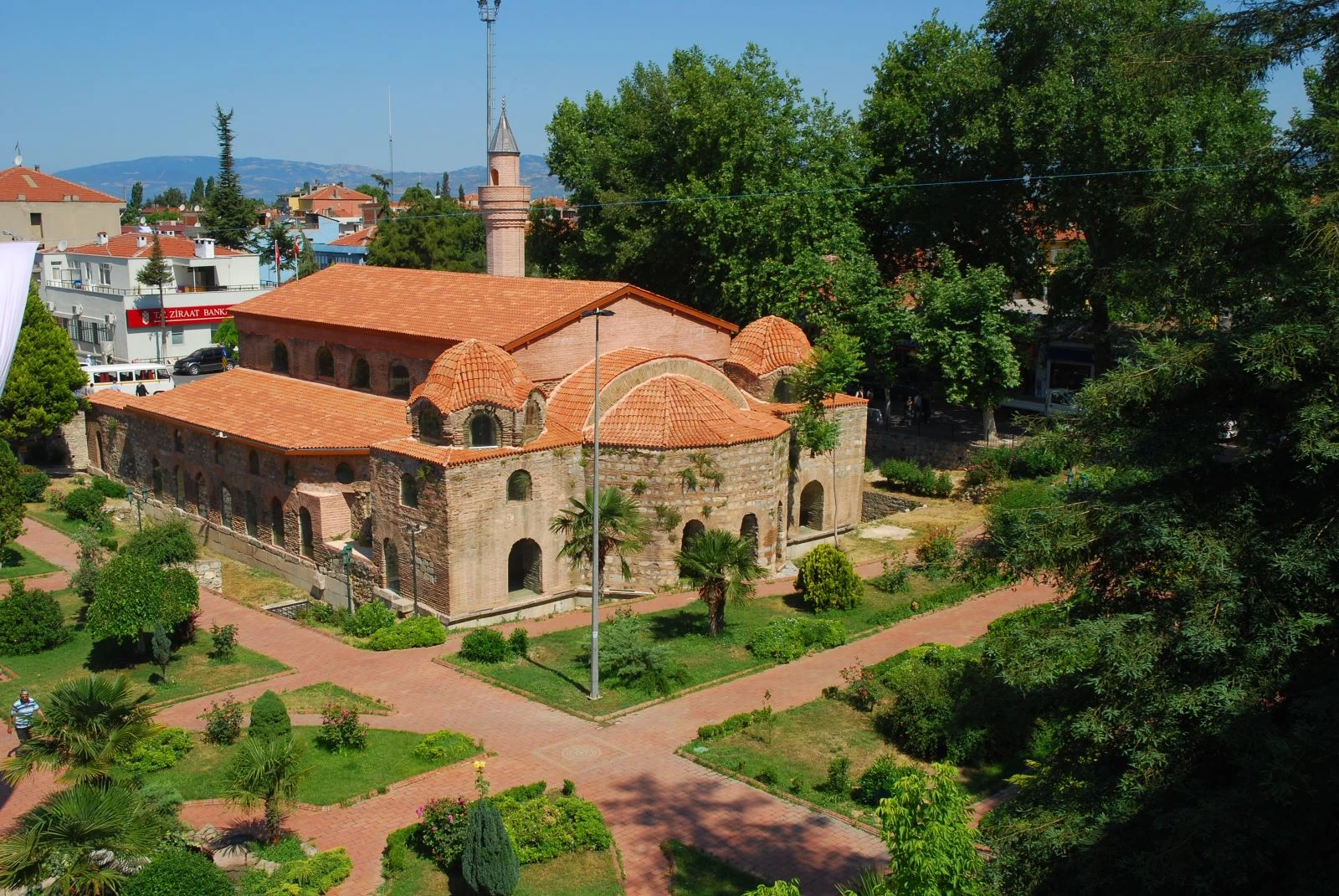
Iznik: Site of Late Roman coronations
As one of the most significant historical structures in Iznik (Nicaea), the Hagia Sophia was constructed in the Late Roman (Byzantine) era. The exact date of its origin remains unknown, but it is believed to have been built by Emperor Justinian in the 6th century atop an earlier Roman gymnasium.
The site has hosted coronations of Byzantine emperors, with the famed Omphalion mosaic marking the ceremonial spot. Converted into a mosque by Orhan Ghazi in 1331, it later served as a museum before being reopened as a mosque in 2011.
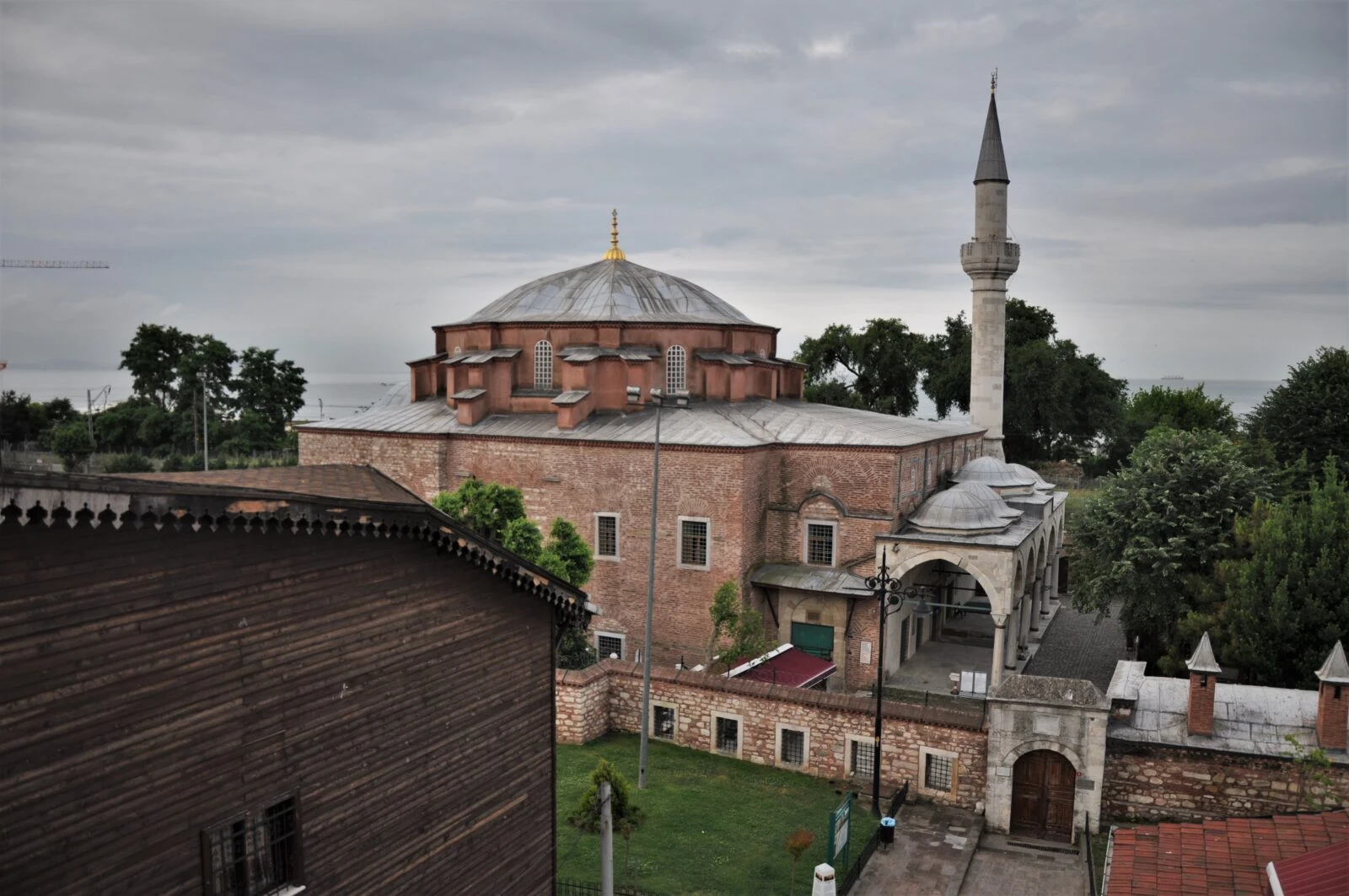
Istanbul’s Little Hagia Sophia: A lesser-known marvel
Nestled beside the railway tracks in the Little Hagia Sophia (Kucuk Ayasofya) district, this structure was built in 536 by Emperor Justinian.
Originally dedicated to Saints Sergius and Bacchus, it was converted into a mosque during Sultan Bayezid II’s reign in the 15th century.

Istanbul’s Hagia Sophia: A masterpiece of ages
Built three times on the same site, the Hagia Sophia we see today is the third incarnation. The first version was commissioned by Emperor Constantine in 360 and was later destroyed in a riot. A second iteration was built by Theodosius II in 415, but it, too, was burned down during the Nika Revolt in 532.
Emperor Justinian then ordered the construction of the third and most magnificent Hagia Sophia, completed in 537. Following the Ottoman conquest in 1453, it was converted into a mosque by Sultan Mehmed II, remaining so for 481 years.
Each of these Hagia Sophias tells a unique story, embodying the passage of time and the rich tapestry of cultures that have shaped Türkiye.



